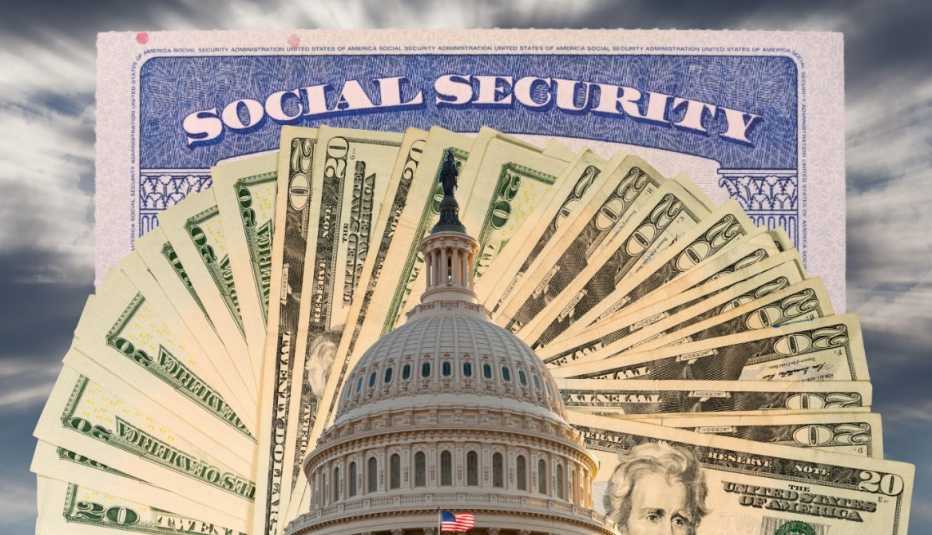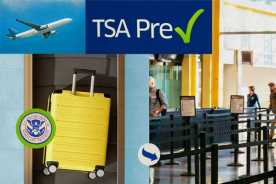AARP Hearing Center


The federal government partially shut down Oct. 1 as Congress failed to meet its deadline to agree on a budget for the 2026 fiscal year or pass a stopgap spending bill to keep federal agencies operating.
Despite the budget impasse, Social Security recipients will continue getting their monthly payments.
That’s because Social Security benefits are, in federal parlance, “mandatory spending.” They have a dedicated, permanent funding source (primarily, the payroll taxes most of us pay on our work income) and are unaffected by the federal appropriations process.
However, the Social Security Administration (SSA) is still affected by the shutdown. Its administrative budget is discretionary, meaning it is subject to annual congressional approval. Lawmakers determine how much of Social Security’s revenue can go toward operating expenses, such as processing benefit applications, renting space for local offices and paying employees’ salaries.
The budget law that expired Sept. 30 maintained 2024 spending levels for most federal agencies. The shutdown comes as SSA is reducing its staff by 12 percent, from about 57,000 employees to 50,000. The agency currently has about 51,800 workers, according to its shutdown contingency plan.
Shutdown plan
The shutdown blueprint, updated on Sept. 24, 2025, states that the agency “will continue activities critical to our direct-service operations and those needed to ensure accurate and timely payment of benefits.” The SSA “will follow the contingency plan for continued activities, and Social Security beneficiaries would continue receiving their Social Security, Social Security Disability Insurance [SSDI] and SSI payments,” an agency spokesperson says.
SSI is Supplemental Security Income, a safety-net benefit administered by the Social Security Administration for people with very low incomes who are 65 or older or have a disability or severe visual impairment. Unlike Social Security retirement, survivor and family benefits and SSDI, SSI is funded out of general government revenues, not the dedicated payroll tax.
Join Our Fight to Protect Social Security
You’ve worked hard and paid into Social Security with every paycheck. Here’s what you can do to help keep Social Security strong:
- Add your name and pledge to protect Social Security.
- Find out how AARP is fighting to keep Social Security strong.
- Get expert advice on Social Security benefits and answers to common questions.
- AARP is your fierce defender on the issues that matter to people 50-plus. Become a member or renew your membership today.
Payroll tax revenue will continue to be collected and go into the trust funds that supply money to cover Social Security benefits. The SSA says it has legal authority to process payments even when congressional appropriations lapse.
Under the shutdown plan, approximately 45,600 SSA employees, or 88 percent of the agency’s workforce, will remain on the job without pay to maintain essential functions and services, including paying benefits, staffing field offices, processing benefit applications and appeals, holding disability hearings, and issuing new and replacement Social Security cards. About 6,200 are being furloughed.
Some Social Security services and activities are suspended, including benefit verifications, processing overpayments, information-technology improvements, public relations and training.
The plan says that if a shutdown lasts more than five days, the SSA will reevaluate whether additional furloughs are necessary but will retain workers “critical to our direct-service operations.” The longest shutdown in history was the previous one, which lasted 35 days, from Dec. 22, 2018, to Jan. 25, 2019.



































































More From AARP
At Key Times, AARP Stood Up for Social Security
Our millions of members have rallied time and again to tackle threats to the program
Does Social Security Cover Costs in Your State?
See how benefits compare with living costs in your state
Social Security’s Impact Across Generations
Social Security has helped people live with dignity as they age
Recommended for You